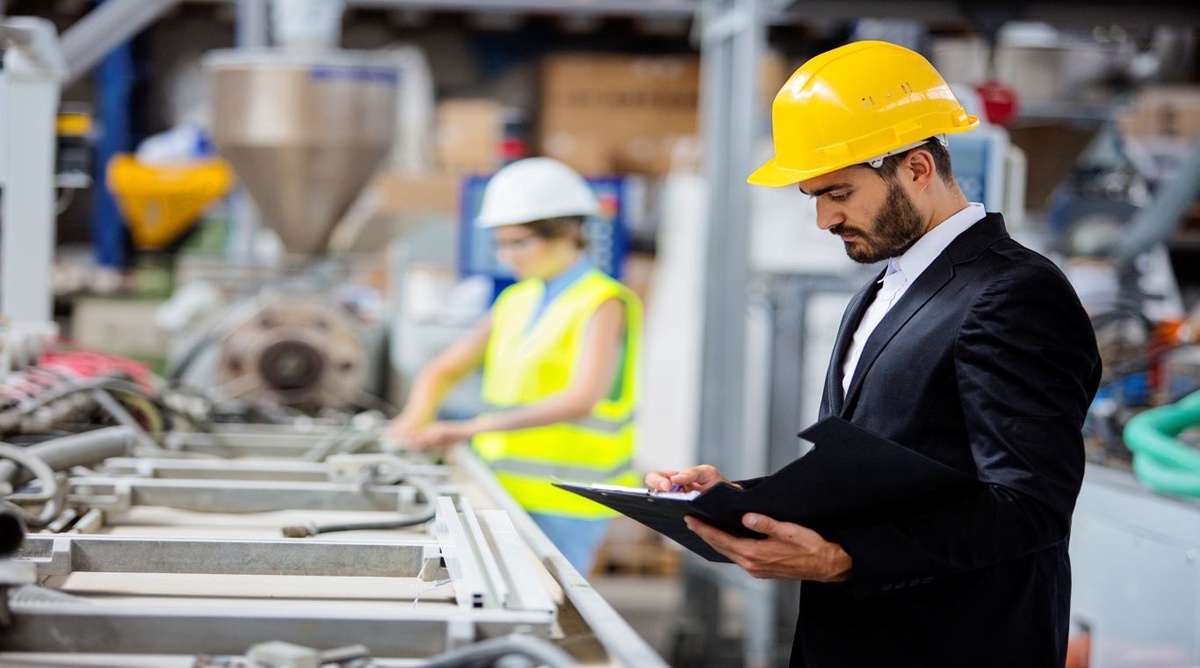Industrial processes involving sodium hydroxide demand stringent safety protocols to mitigate risks and ensure a secure working environment. The NEBOSH (National Examination Board in Occupational Safety and Health) standards provide a comprehensive framework for understanding and implementing safety measures in industries dealing with hazardous substances like sodium hydroxide. This article delves into the reasons why safety protocols are indispensable in handling industrial sodium hydroxide.
Understanding Sodium Hydroxide
1. What is Sodium Hydroxide?
Sodium hydroxide, commonly known as caustic soda, is a highly versatile chemical compound utilized in various industrial applications. It is a potent alkaline substance with a wide range of uses, including in manufacturing, cleaning, and chemical processes.
2. Properties of Sodium Hydroxide
Sodium hydroxide is a hygroscopic substance, meaning it readily absorbs moisture from the atmosphere. In its solid form, it appears as white, opaque pellets or flakes. When dissolved in water, it generates exothermic reactions, releasing significant heat. This characteristic makes it highly corrosive and capable of causing severe burns upon contact with skin or eyes.
3. Risks Associated with Sodium Hydroxide
Handling sodium hydroxide without adequate safety measures poses significant risks to human health and the environment. Direct contact can lead to chemical burns and tissue damage, while inhalation of its vapors or mist can cause respiratory irritation. Moreover, sodium hydroxide is corrosive to metals and can cause damage to equipment and infrastructure if not handled properly.
Importance of Safety Protocols
1. Personnel Safety
Safety protocols outlined by NEBOSH emphasize the paramount importance of protecting personnel engaged in handling sodium hydroxide. Proper training in handling techniques, including the use of personal protective equipment (PPE) such as gloves, goggles, and aprons, is crucial to minimize the risk of accidents and injuries. Additionally, clear guidelines on emergency procedures and first aid protocols are essential for prompt response in case of exposure incidents.
2. Environmental Protection
Effective safety protocols not only safeguard human health but also prevent environmental contamination. Spills or leaks of sodium hydroxide can have detrimental effects on soil, water bodies, and aquatic ecosystems. NEBOSH guidelines stress the implementation of spill containment measures, such as secondary containment systems and spill kits, to mitigate the environmental impact of accidental releases.
3. Equipment Integrity
Sodium hydroxide's corrosive nature necessitates stringent measures to protect equipment and infrastructure from degradation. NEBOSH courses emphasize the importance of using corrosion-resistant materials in the design and construction of storage tanks, pipelines, and processing equipment. Regular inspection and maintenance protocols are also vital to identify and address corrosion issues promptly.
4. Regulatory Compliance
Adherence to safety protocols prescribed by NEBOSH is essential for regulatory compliance and legal obligations. Regulatory bodies impose strict standards on the handling, storage, and transportation of hazardous substances like sodium hydroxide to ensure workplace safety and environmental protection. Failure to comply with these regulations can result in severe penalties and legal repercussions for organizations.
5. Risk Management
Implementing comprehensive safety protocols enables organizations to effectively manage the risks associated with sodium hydroxide handling. NEBOSH Course provide valuable insights into risk assessment methodologies and risk management strategies tailored to the specific hazards posed by sodium hydroxide. By identifying potential hazards and implementing appropriate control measures, organizations can minimize the likelihood of accidents and mitigate their consequences.
Conclusion
In conclusion, safety protocols are indispensable for ensuring the safe handling of industrial sodium hydroxide. The NEBOSH framework offers valuable guidance on implementing robust safety measures to protect personnel, preserve the environment, safeguard equipment, ensure regulatory compliance, and manage risks effectively. By prioritizing safety and adhering to established protocols, organizations can create a secure working environment conducive to optimal productivity and minimal risk exposure.


No comments yet